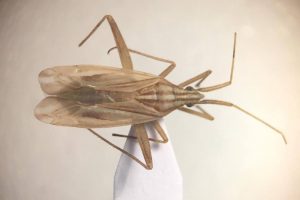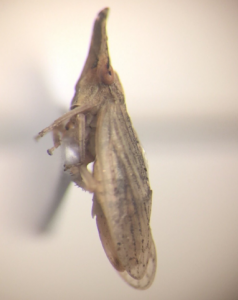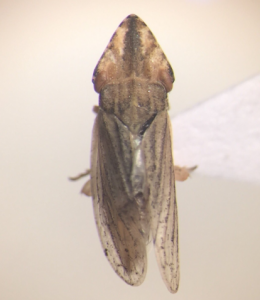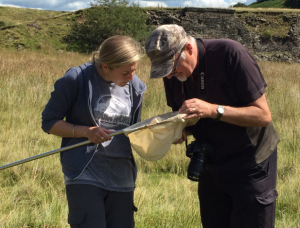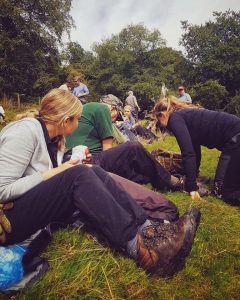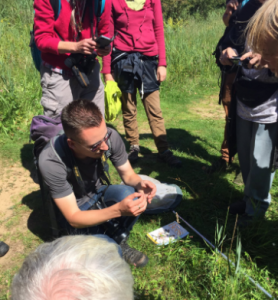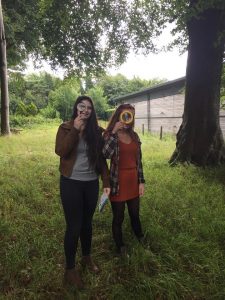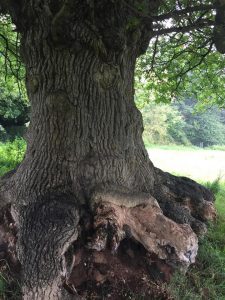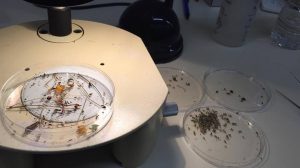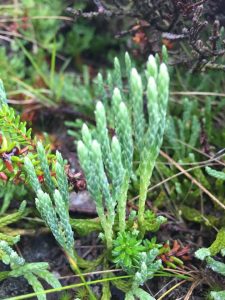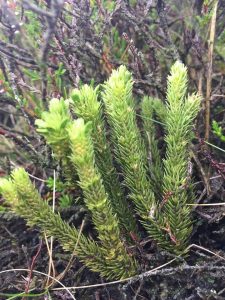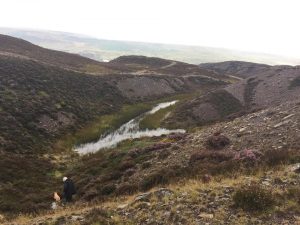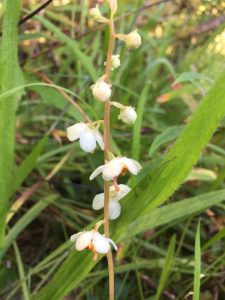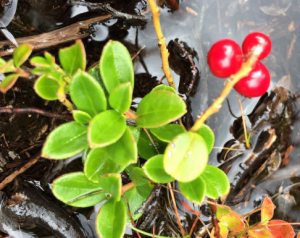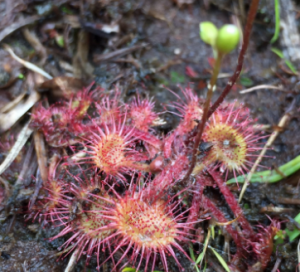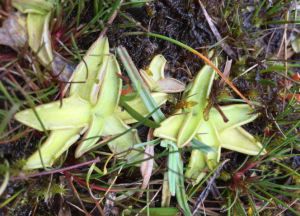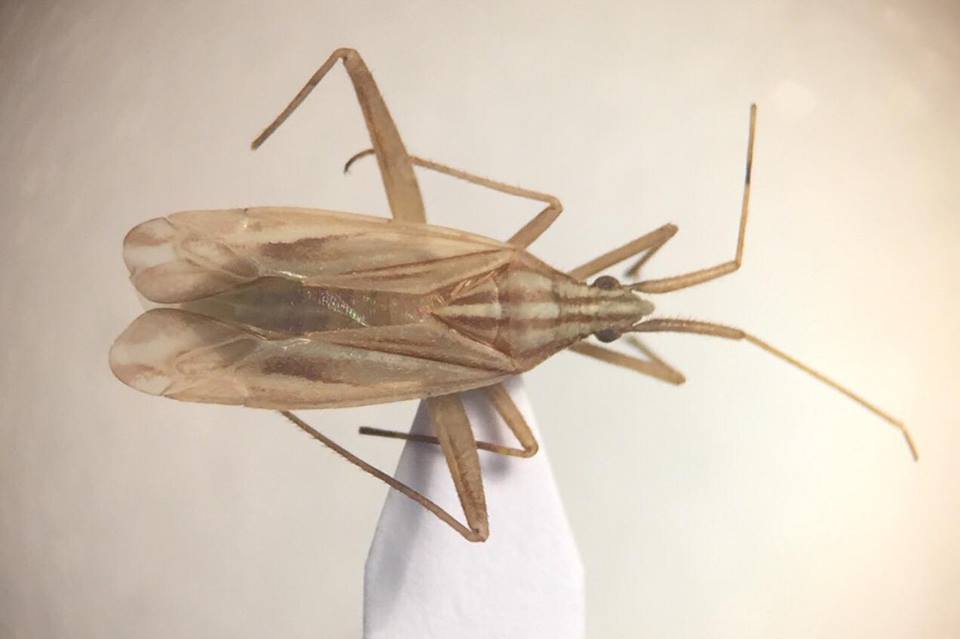
Another busy month, here are just a few of the things I have been up to recently during my fifth month as a natural talent trainee.
Along with the monthly visits to Pentwyn Farm, and Ffos y Fran I have also managed to get out to other wonderful sites to do a spot of collecting.
At one of the sites, Llandegfedd Reservoir we found a sizeable plant bug Miridius quadrivirgatus, with pale stripes running the length of the body, this species is historically found on the coast, but has become more common inland – so it was nice to find it at a new inland site.
Another interesting record for me was that of this very cool looking hopper, Eupelix cuspidate, which is unmistakable with its extremely long flattened head! We found this at The British, for which I am building up a species list to send to Gwent Wildlife Trust. Thanks to my trustee volunteers for the help and company on many of these visits.
From Hemiptera to Bees. I attended a Bee Identification course led by the one and only Liam Olds, ex-natural talent trainee. We headed to Kenfig Nature Reserve for a day full of Bumblebee and Solitary Bee identification. It was a very enjoyable day! We were lucky to see a Moss Carder bumblebee – which can appear similar to the Common carder bee, but the common carder always has some black hair on the thorax or abdomen, whereas the Moss carder has none, except on the underside (this doesn’t apply for Scotland where the common carder has few or no black hairs).
This month I have had been accompanied by two Nuffield students, six formers who spent some of their summer holidays at the museum carrying out their own little projects. We had a great day on the OPAL training day, learning how to carry out surveys with children.
I visited Becca from the Wye valley Area of Outstanding Natural Beauty (AONB), who was kind enough to take me out to practice my Phase 1 Habitat Survey skills and how to capture Veteran Tree data.
Sample sorting on rainy days can be quite relaxing, as I empty one bag of samples, another one appears! I will definitely be busy during the winter month sorting through all the samples we have collected from Pentwyn Farm and Ffos y Fran, I am looking forward to really getting to grips with the identification of hoppers.
This month I have been out with my botany mentor a few times, here are some of the special finds.…
Roundleaved sundew has glistening droplets on the hair-like tendril on each leaf, which attract passing insects. The dew is sticky, and traps the insects. The whole leaf eventually wraps around the prey, and is later digested by the plant.
Butterwort is also carnivorous, using its sticky leaves to lure, trap and digest insects.

